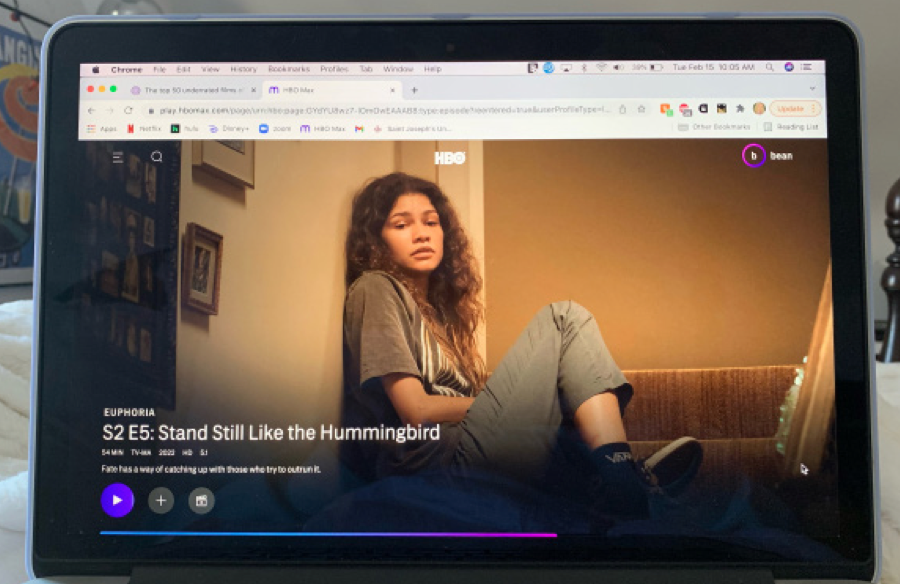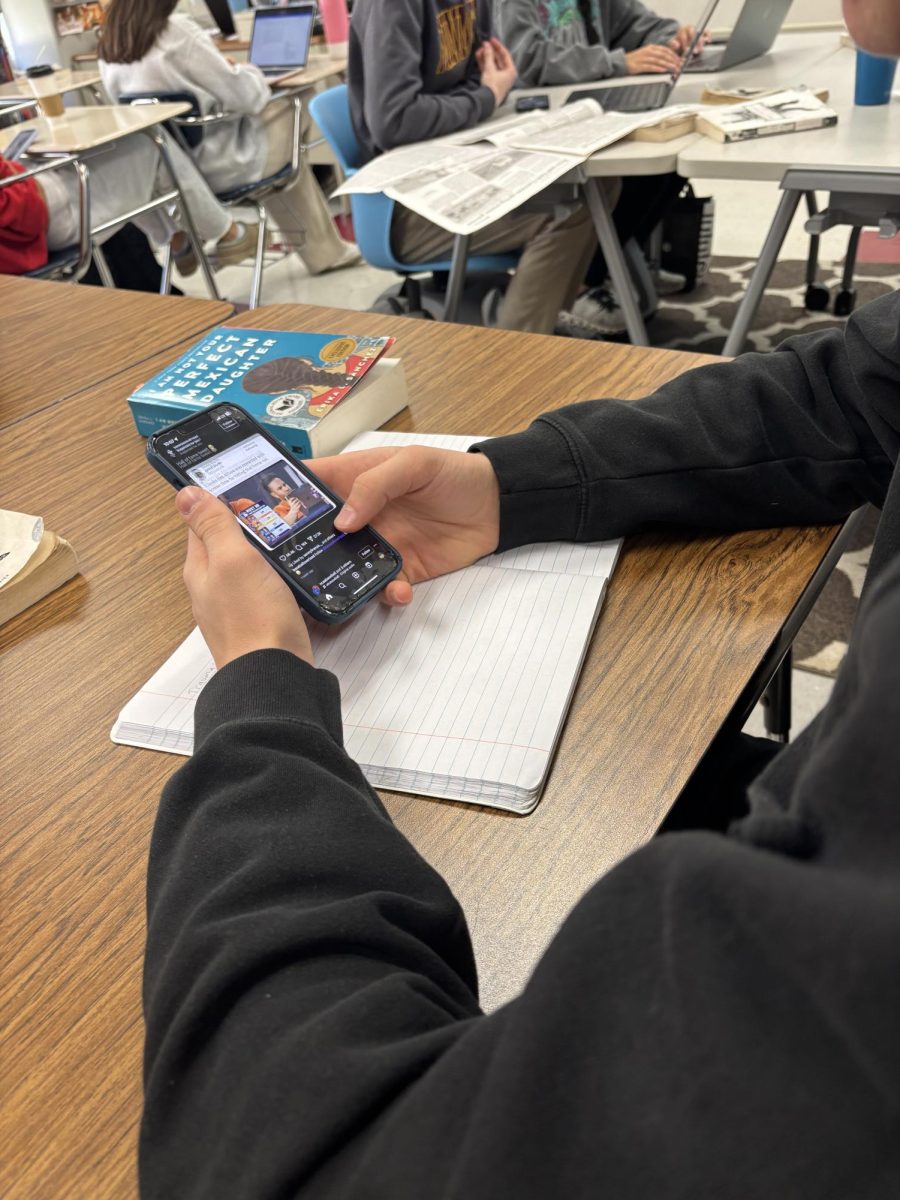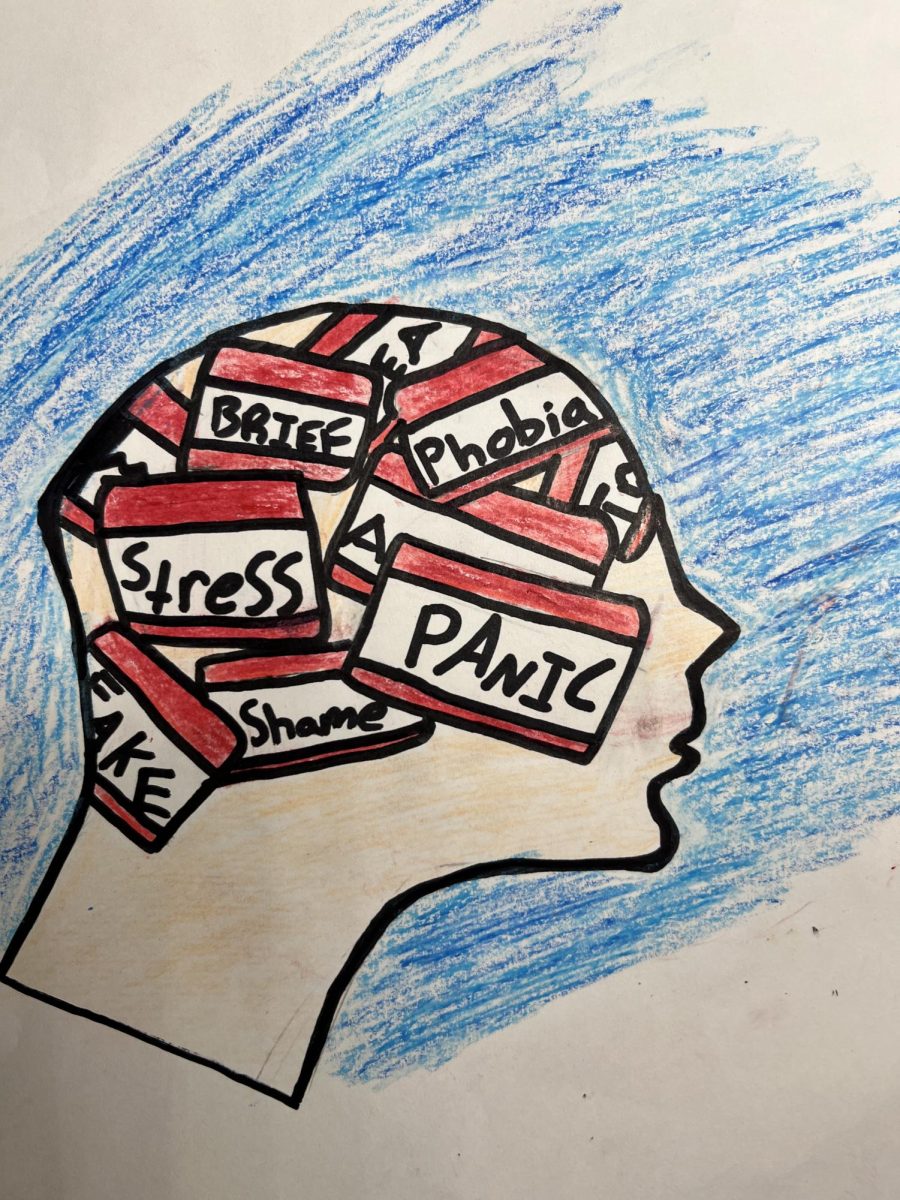Since its 2019 release, Euphoria has fundamentally solidified its place in popular culture, receiving six Emmy nominations following the release of its first season. It is recognizable for its stunning visuals, and unique cinematography. The glittery exterior juxtaposes the disturbing contents of the program, alluring its audience with aesthetic precision only to deliver an intense look into the most prominent issues plaguing teenage audiences.
The show has received both critical acclaim and been met with positive reception from audiences, but like many controversial shows before it, Euphoria has been widely criticized for the explicit nature of the show, especially in regards to the age of the characters.
For those unfamiliar, Euphoria follows multiple characters and their individual struggles while exploring their traumas, but centers around the narrator of the show, Rue. Played by Zendaya, Rue is a junior in high school when she returns from rehab following her previous overdose the summer before. Based on the show’s creator Sam Levinson’s own experiences with addiction, Rue has no intentions of staying clean.
Beyond addiction, the distinct cast of characters each battles their own traumas, ranging from struggling with one’s gender identity and sexuality, strained familiar relationships, body insecurity, and domestic abuse, the show does not shy away from tackling even the most tragic of subjects.
Before the show begins, each episode is introduced with a trigger warning, as well as a clear indication the material is for mature audiences only. However, it is prudent to note the irony of this sentiment; Euphoria is not recommended to be viewed by the very same group the show is attempting to depict.
While the heart of the shows lies with its ability to portray the darkest aspects of teenagehood, it is important to examine the impact this type of storytelling has on young audiences. It is an unmovable fact that with such a great cultural impact, teenagers are curious about the show, and exposed to it in some capacity. 87% of polled BHS students stated they are familiar with the show, and 50% say they have watched it.
Due to the graphic nature of Euphoria, the show has the potential to do more harm than good. While the show certainly opens up conversations about difficult topics, not every viewer may not feel comfortable exploring these conversations with a trusted adult, or the resources to do so even if they wanted to.
Especially for young high schoolers viewing the show, the contents may be confusing and even disturbing. Worse, this confusion can muddle the meaning of the show. If one does not have enough foresight to recognize the warnings the show lays out, a young viewer may be caught up in the facade of glitter and aesthetics, and even begin to romanticize the actions taking place in the show.
This points to a larger issue, a failure to understand the reality teenagers face. While many of the struggles conveyed in Euphoria are very real to teens, they are portrayed in great exaggeration.
While Euphoria is an incredibly raw ode to teenage struggles, it fails to understand its audience. Or rather, the audience often fails to understand the show. Each character is sufficiently flawed in their own ways, and often, downright unlikable. The behavior in this show is obscene and many times cruel, and nothing to be glamorized.
When Euphoria is not examined through a critical lens, much like a trick of Director Sam Levinson’s intricate and colorful use of light, the lines between what is wrong and right begin to blur.
While the show does attempt to seek balance between the beautiful visuals and demonstrating the dark aspects, when someone is not able to watch through a critical lens, it is all too easy to become lost in the “euphoria” of it all.













